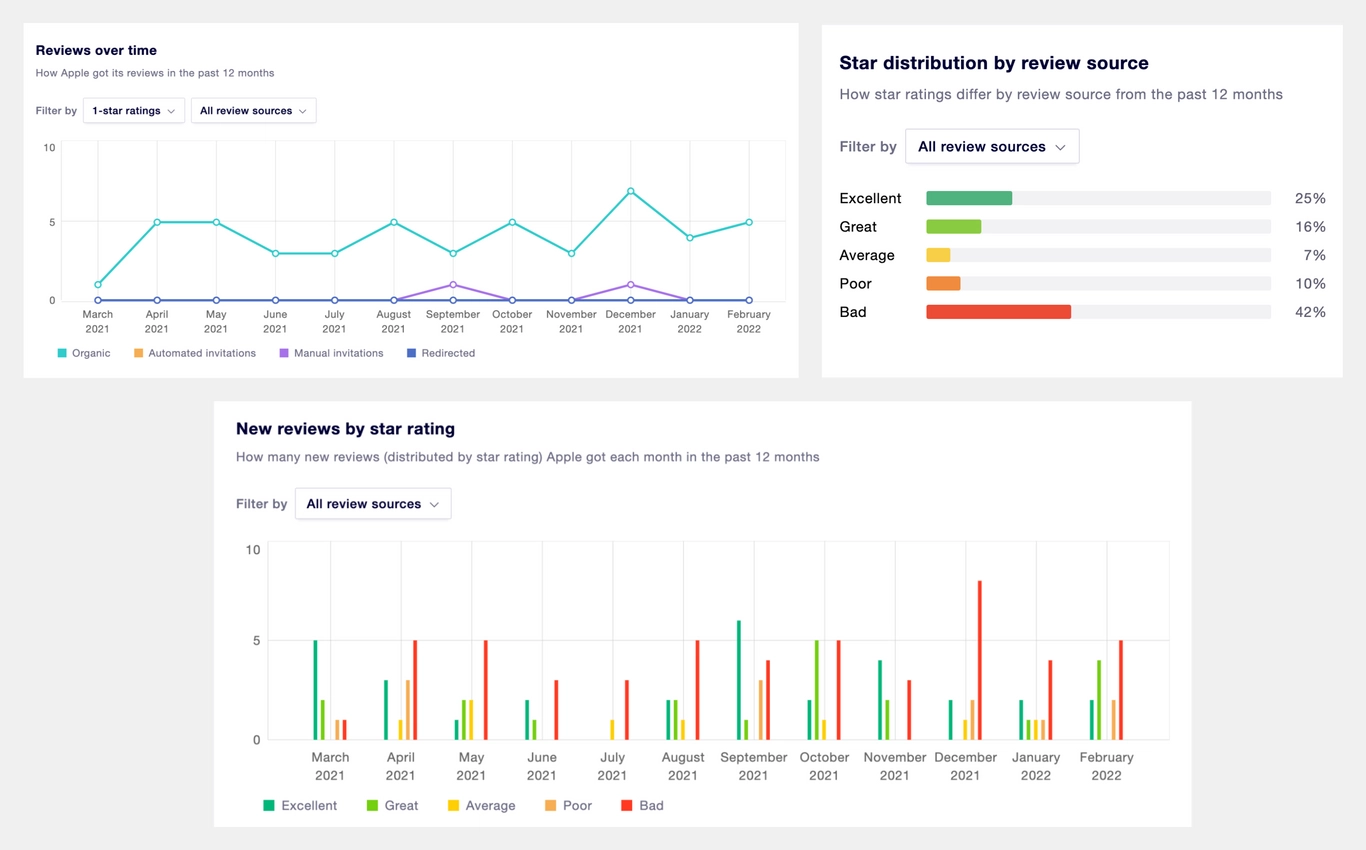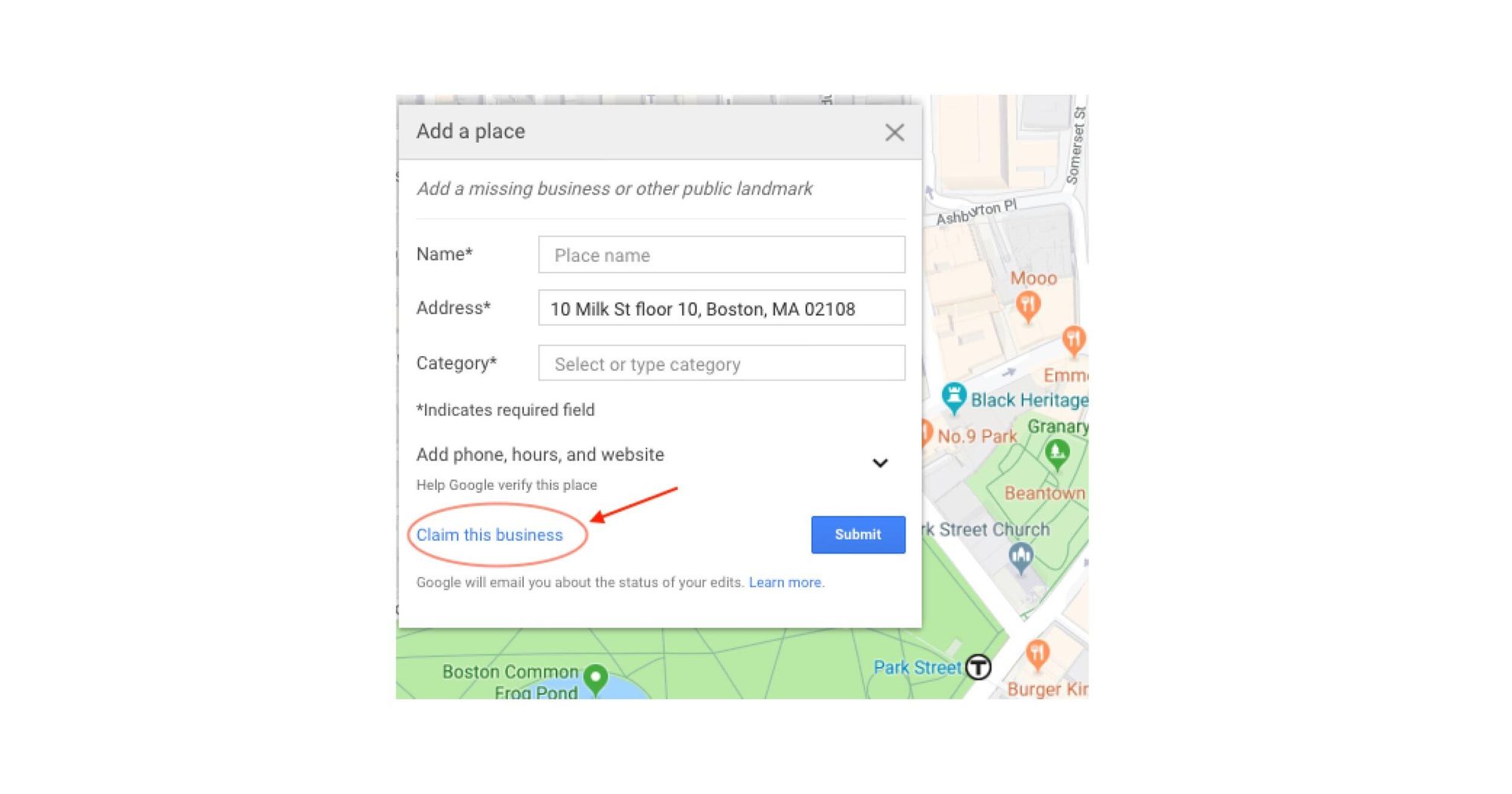Are you tired of shouting from the rooftops about how great your local business is, but still struggling to attract new customers?
Well, what if I told you that there's a simple solution that's been hiding right under your nose? Yes, I'm talking about customer ratings and reviews! More and more, people are turning to online reviews to decide where to shop, dine, and spend their hard-earned cash.
In this article, we're going to discuss seven powerful strategies for maximizing your local business's reputation with customer ratings and reviews.
From claiming your business listings to responding to negative feedback, we'll cover everything you need to know to build a stellar reputation and bring in more business.
Why are customer ratings and reviews important?
Customer ratings and reviews provide valuable insights into the quality of a product or service, and have the power to affect the reputation and influence of the business itself. Reading reviews allows you to gain an understanding of the customer experience and learn about how your product or service is received.
Positive reviews help you stand out from the competition and draw in new customers, which is particularly crucial for small businesses. And it’s no secret that the majority of customers trust internet reviews as much as personal recommendations – digital word of mouth can be what ignores your brand or crushes it.
Not only that, customer reviews can enhance your search engine results. How? Because search engines like businesses with more reviews and higher ratings. Ultimately, prioritizing your customer ratings and reviews can have a great influence on your business’s reputation, authority, and bottom line.

How to maximize your local business's reputation
Your reputation as a local business owner is critical to attracting new customers and maintaining existing ones. In today's digital age, customer ratings and reviews go hand-in-hand with business success. They give useful information on the quality of your products or services as well as the overall customer experience.
Here are a few tips for improving your local business's reputation via online ratings and reviews:
1. Claim and optimize your business listings
This involves submitting your company to prominent directories such as Google My Business and Facebook. By claiming your listings, you can ensure that your business information is accurate and up-to-date.
This is essential when it comes to prospective customers finding your brand. It's also good to provide your customers and prospects with business information and photos after you've claimed your listings. This includes entering all of the required info, such as your business hours, website, and phone number or contact details.

If you’re including images, you should make sure they’re high-quality. You can even use tools like Brush Galaxy, which has extensive color palettes, to create these images.
Improved listings will make it easier for people to find and learn about your business, resulting in more positive reviews and greater influence.
2. Encourage customers to leave reviews
Encouraging customers to leave reviews is a powerful way to boost your local business's reputation. The first step in increasing your review count is to deliver exceptional customer service. Customers who had a positive experience are more likely to share a review.
There are also plenty of tools out there that enable you to request reviews, making it super streamlined for customers to share their experiences. If you’re not keen on utilizing these tools, you could always pop a direct link in an email, sending your customer to your Google My Business or Facebook business page, or include instructions on how to leave a review on your website.
Streamlining the review process is key – customers will typically only leave a review if doing so is relatively straightforward and takes minimal steps.
The quest to gain positive customer reviews will not only improve your retention but will help you acquire that all-important feedback that works to improve your marketing efforts.
3. Respond to customer reviews
Responding to customer reviews shows that you value your customers' feedback and are committed to providing excellent service. It's important to monitor and respond to both positive and negative reviews.
Thanking customers for positive feedback demonstrates that you value their support, whilst responding to negative feedback indicates that you take customer concerns seriously and are willing to improve your service. You should use personalized and professional language when responding to show that you care about the customer's experience and your promises to improve are sincere.
It's also a good idea to reply to negative comments with solutions. We’re not mind readers, but by addressing any issues flagged and offering to make things right – by providing a discount or free service, for example – you can improve customer experience and work on forging meaningful customer relationships.

4. Showcase and promote positive reviews
A great way to promote your positive reviews is to share them on social media and your website. This helps potential customers see the great experiences others have had with your business.
Looking at more traditional means of increasing your influence, if your brand has a brick-and-mortar store, you can showcase your positive reviews by displaying them on your business premises in the form of a poster. This can aid in the development of trust and credibility among customers who visit your physical store.
A great way to boost exposure is by showcasing positive reviews on your site as testimonials or using them in digital ads.
5. Address negative reviews
Negative reviews can have a significant impact on your local business's reputation and go on to diminish your credibility. But it's important to remember that negative reviews can also provide valuable insights that can help you improve your business.
When handling negative feedback, respond in a timely manner. Instead of becoming defensive or argumentative, use a customer-centric attitude. Understand the customer's viewpoint and respond to their problems in a courteous, empathic, and solutions-focused manner.
You may need to take particular measures to fix the situation, such as issuing a refund, replacement, or discount. If you’re not too sure about how to phrase your response, don’t be shy about using AI writing tools to help you construct your reply. Just make sure you proofread your response before sending it out, and ensure it’s relevant and addresses the issue at hand.

Once you've resolved the problem, follow up with your customer to ensure they're satisfied with the resolution. This'll help to establish trust and will demonstrate that you value their feedback.
Proactively responding to negative feedback has the potential to convert a poor experience into a positive one and help you forge more meaningful relationships with your customers.
6. Monitor and manage your online reputation
Monitoring and managing your online reputation is essential for maximizing your local business's influence.
Monitoring social media and other online mentions, such as blog postings or news stories, is a must. It'll keep you up to date on what people are saying about your business and allow you to handle any negative comments or suggestions.
A good way to monitor your online presence is by utilizing social media management tools.
7. Track your reputation and adjust your strategies
Tracking your reputation and adjusting your strategy to acquire new customers can really boost your brand’s impact, and sentiment analysis tools can help you keep an eye on your online reputation.
You should also examine your review data for trends and patterns. This’ll assist you in identifying areas for development and adapting your approach accordingly. For example, if you receive a lot of negative feedback about the quality of your customer service, this is a surefire sign that you need to invest more in employee training or make policy changes.
Key takeaways for customer ratings and reviews
Customer ratings and reviews can make or break a local business's reputation.
Claiming and optimizing your business listings is essential, as is encouraging customers to leave reviews. But it’s not enough to just get the reviews, you need to respond to them (both the “good” ones and the “bad” ones) to demonstrate trust and empathy.
Keep in mind that customer service is key. Use review request tools and software, create a simple and clear review process, and create personalized, professional responses.
You’ve earned those positive reviews, so shout it from the rooftops! Don’t forget to promote those kind words of your customers, and regularly monitor and manage their commentaries so you can track your reputation, adjust your strategies, and maximize your influence.
By following these seven strategies, you can optimize your local business's reputation and build strong, sustainable relationships with your customers.


















 Follow us on LinkedIn
Follow us on LinkedIn



.svg?v=8154f0fdee)